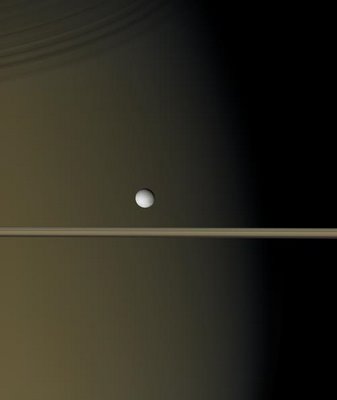One of the world's oldest creatures, Addwaita, an Aldabran giant toroise, died this week at the estimated age of 250 years. There is some debate about the revered Grandpa's real age. Some may place it at little more than 150+/- years, but I choose to believe he was TWO-HUNDRED-FIFTY. Why? Just because.
Year 0, 1756 - Addwaita hatches. Mozart tours Europe as a six-year-old prodigy
Year 9, 1765 - James Watt invents the steam engine
Year 20, 1776 - America declares independence
Year 33, 1789 - French revolution
Year 43, 1799 - Rosetta stone discovered in Egypt
Year 63, 1819 - Bolivar liberates northern South America from Spain
Year 86, 1842 - Ether used as first anesthetic
Year 103, 1859 - Publication of Darwin's Origin of Species
Year 105, 1861 - U.S. civil war begins
Year 109, 1866 - Alfred Nobel invents dynamite
Year 123, 1879 - Thomas Edison invents the electric light
Year 139, 1895 - X-rays discovered, motion pictures debut in Paris
Year 147, 1903 - Wright brothers fly first aircraft, Ford Motor Co established, first World Series
Year 158, 1914 - World War I begins
Year 173, 1929 - Stock market crash begins the Great Depression
Year 177, 1933 - Hitler becomes German chancellor, international tensions lead to WWII
Year 189, 1945 - First atomic explosion over Hiroshima
Year 192, 1948 - Ghandi assassinated
Year 207, 1963 - Kennedy assassinted
Year 213, 1969 - Humans land on the Moon
Year 230, 1986 - U.S. Challenger shuttle explosion
Year 235, 1991 - South Africa repeals apartheid, Yelstin first elected Russian president
Year 245, 2001 - Terrorists crash planes into New York's World Trade Center
Year 250, 2006 - Addwaita dies. Kingfisher calculates a bristlecone pine in the American Southwest was 4,600 years old when Addwaita was hatched, or 46 centuries old, or approximately 19 Addwaita lifetimes.

